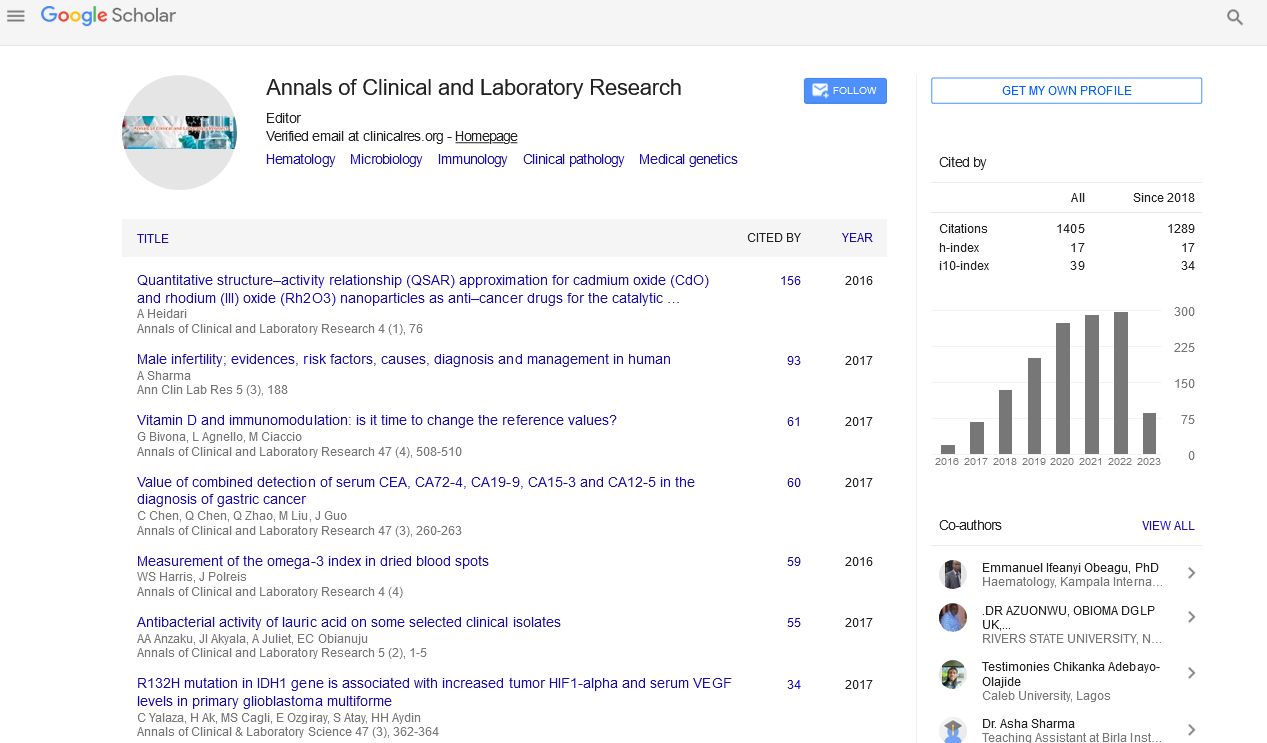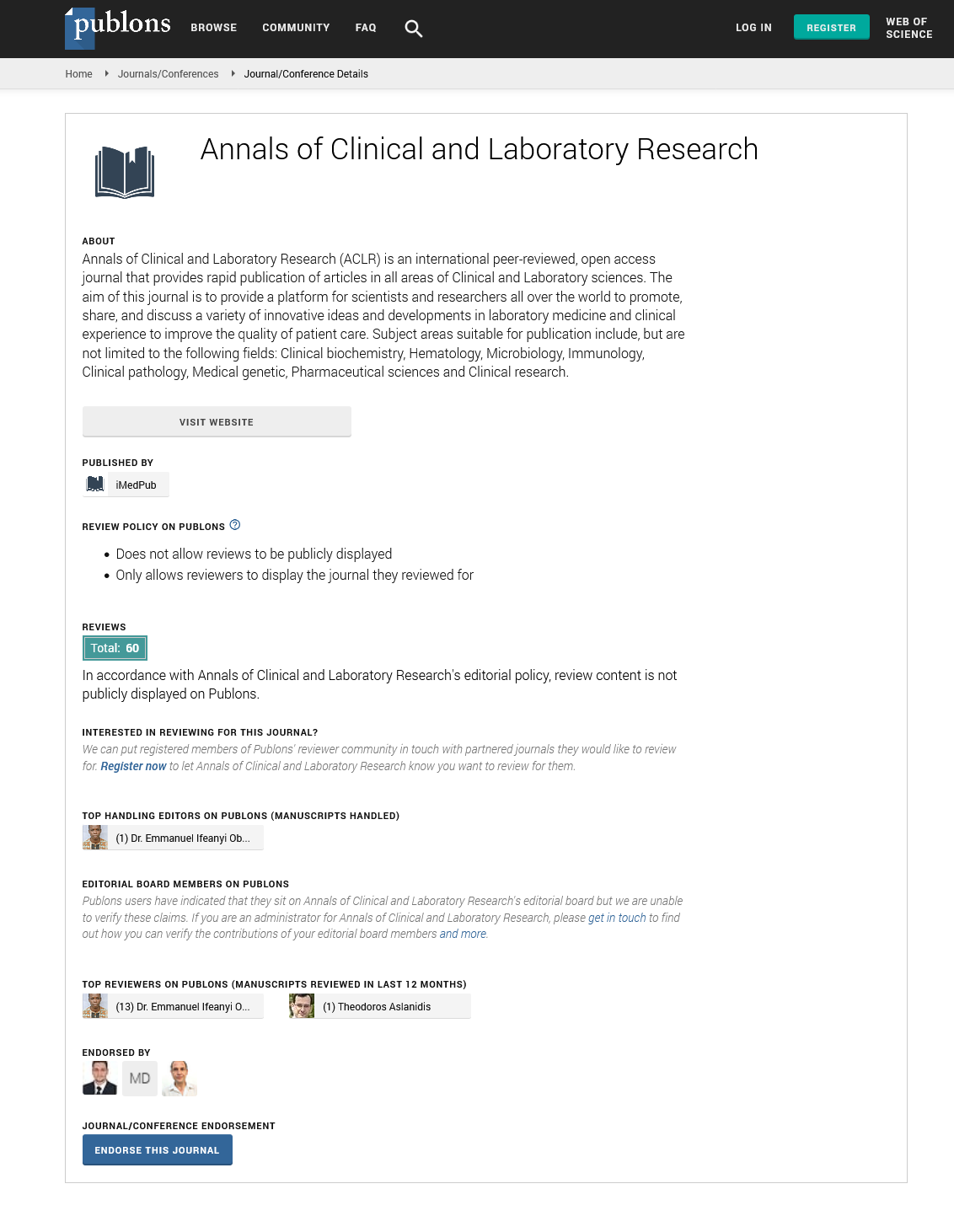Nguyen Thu Ha1* and Ha Linh Quach2
1Trade Union University, Vietnam General Confederation of Labor, Hanoi, Vietnam
2School of Public Health, University of Hong Kong, Pokfulam, Hong Kong
- *Corresponding Author:
- Nguyen Thu Ha
Ph.D., Trade Union University
Vietnam General Confederation of Labor
Hanoi, Vietnam
Tel: +84983677671
E-mail: thuha@dhcd.edu.vn
Received Date: December 21, 2018; Accepted Date: December 26, 2018; Published Date: December 28, 2018
Citation: Ha NT, Quach HL (2018) Universal Health Coverage: Public Health's Safe Haven or Beautiful Illusion?. Ann Clin Lab Res Vol.6 No.4: 272. DOI: 10.21767/2386-5180.100272
Commentary
In 2005, World Health Organization proposed Universal Health Coverage (UHC) as a powerful tool to achieve “the right to health” [1,2]. UHC is a prepaid healthcare financing system aiming to provide accessible quality healthcare for all and protect population from economic consequences of illness [3]. Ever since, UHC is a priority for many countries [4], which lowmiddle income ones are on the run to achieve, big players like America or UK still debate over many unresolved problems. So what can UHC achieve and is it truly the flawless pathway to global health?
Indeed, UHC is important in various perspectives. Firstly, accessible healthcare ensure healthier people [5]. The health benefit of broad healthcare coverage have been welldocumented to better health access and improved population well-being [6], particularly for life expectancy, children and maternal mortality across countries [7,8]. Not only improving lives, UHC can also saving many. For people without health coverage facing untreated illness and premature death, access to healthcare is a threshold between life and death. By providing healthcare as people need, UHC can bring “the right to health” [2] back to of 3.5 million lives living without (or not enough) health insurance around the world [9]. In addition, UHC is heading for a fight with health inequity in the age of deepening inequality. With the aim of healthcare to everyone regardless of socio-economic status or background (if properly implemented), UHC can reduce structural barriers and social determinants of health as seen in Latin America countries [10,11] or Turkey [12]. Despite many medical progress, the number of population trapped inside the vicious cycle of poverty, morbidity and healthcare costs are growing [13], posing great threat to global health. Nevertheless, with UHC (again if properly implemented), thousands of households can get access to quality care without financial risks of excessive health expenditure [14], eventually, poverty can be reduced [5,6] as many notable examples in South East Asia and Africa [15]. Lastly, an aging population and epidemiology shift from infectious to non-communicable diseases are an emerging call for UHC [7]. Rapidly aging population and non-communicable diseases prevalence hinder great burden for health services capacity and response [7], making UHC a pressing goal for global well-being in every countries.
However, UHC still counters some limitations. Initially, the process of achieving UHC may hinder ethical perspectives [16,17]. To fit into national capacity and political constraints, Thailand's universal health coverage prioritize specialist treatment [18] or advanced clinical services over focusing on health promotion and primary health [19]. Many crucial goals of UHC may have been over sighted by policy-maker on the process such as tobacco prevention, nutrition health, reproductive health [20,21]. These “unfair trade-off” would prevent UHC to provide fair and efficient health services to population [17]. Another major challenge to achieve universal healthcare is limitation in resources and adequate healthcare structure [14,22]. A recent study of UHC implementation in 11 countries showed resource constraints was a common difficulty in achieving or maintaining quality health coverage [15]. Even strong public health system in European countries or China [23,24] also lack of capacity for financial protection for UHC. Such essential as skilled healthcare workforce and effective administration systems are not sufficient in most countries [15,25]. Low income countries still have difficulties in production and distribution of trained health workers [26]. In China, fragmented and inefficient management system was a critical limitation for UHC [24]. These deficits poses great challenge to UHC, especially in term of health equity [4]. In fact, while determining how “universal” is universal health coverage, many countries have failed to provide care for all, or to be frank, provide quality healthcare for all [19]. The distribution of UHC have been recorded to be disproportionally benefit for wealthier population, leaving out poorer community without sufficient public health interventions [27]. Income and mental health inequality still posed great barriers for Japan [28] and Canada's UHC [29]. Many progressive countries such as US [30], Germany [31] and France [32] failed to implement the equity principle in face of migration movement in recent years. In Colombia, universal healthcare that had been a legal right for all population since 1993 still left 2.3 million without health coverage in 2016 [16].
Evidently, in practice, UHC still meets many limitations to achieve its full public health potentials. As many researchers express concern on the lack of sustainability, efficiency and most important, ethical value in UHC [1,16,17], perhaps we need to be more cautious in the view of universal health coverage. Indeed, UHC is necessary, but may not be sufficient enough in the race of achieving health goals [22], especially in face of many challenges, operation pathways and various pitfalls [15]. To prioritize and employ UHC is only the first step to address global health. The next step is to reach a comprehensive vision for UHC, to balance between political economy challenge and population-level health promotion and preventive measures [33,34]. We must acknowledge UHC is a complex process of learning, experiences and improvement, and the final results need to be sustainable and effective in term of both public health and socio-economic. All in all, governments should stop seeing UHC as a safe bet, but an effective mean to achieve the true indicator: Better quality of life for all.
23828
References
- Kingston LN, Cohen EF, Morley CP (2010) Debate: Limitations on universality: The "right to health" and the necessity of legal nationality. BMC Int Health Hum Rights 10(1): 11.
- Backman G, Hunt P, Khosla R, Jaramillo-Strouss C, Fikre BM (2008) Health systems and the right to health: an assessment of 194 countries. The Lancet 372(9655): 2047-2085.
- Kutzin J, Sparkes SP (2016) Health systems strengthening, universal health coverage, health security and resilience. J Bulletin of the World Health Organization 94(1): 2.
- https://www.pacifichealthsummit.org/downloads/UHC/the%20political%20economy%20of%20uhc.PDF.
- https://www.oecd.org/els/health-systems/Universal-Health-Coverage-and-Health-Outcomes-OECD-G7-Health-Ministerial-2016.pdf.
- Moreno-Serra R, Smith PC (2012) Does progress towards universal health coverage improve population health?. The Lancet 380(9845): 917-923.
- https://www.who.int/healthinfo/universal_health_coverage/report/2017/en/.
- De Andrade LO, Pellegrini Filho A, Solar O, RÃÂÃÂÃÂâÂÂÃÂâ â≢ÃÂÃÂââ¬Ã
¡ÃÂâÂÂÃÂÃÂgoli F, De Salazar LM, et al. (2015) Social determinants of health, universal health coverage, and sustainable development: Case studies from Latin American countries. The Lancet 385(9975): 1343-1351.
- Atun R, De Andrade LOM, Almeida G, Cotlear D, Dmytraczenko T, et al. (2015) Health-system reform and universal health coverage in Latin America. The Lancet 385(9974): 1230-1247.
- Atun R, Aydin S, Chakraborty S, SÃÂÃÂÃÂâÂÂÃÂâ â≢ÃÂÃÂââ¬Ã
¡ÃÂâÂÂÃÂümer S, Aran M, et al. (2013) Universal health coverage in Turkey: Enhancement of equity. The Lancet 382(9886): 65-99.
- Cheng T (2015) Universal health coverage: An overview and lessons from Asia. J Harvard Public Health Review 4: 1-12.
- Saksena P, Hsu J, Evans DB (2014) Financial risk protection and universal health coverage: Evidence and measurement challenges. PLoS Med 11(9): 1001701.
- Lagomarsino G, Garabrant A, Adyas A, Muga R, Otoo NJTL (2012) Moving towards universal health coverage: Health insurance reforms in nine developing countries in Africa and Asia. The Lancet 380(9845): 933-943.
- Chapman A (2016) The contributions of human rights to universal health coverage. Health Hum. Rights 1: 1-5.
- Norheim OF (2015) Ethical perspective: Five unacceptable trade-offs on the path to universal health coverage. Int J Health Policy Manag 4(11): 711-714.
- Tangcharoensathien V, Pitayarangsarit S, Patcharanarumol W, Prakongsai P, Sumalee H, et al. (2013) Promoting universal financial protection: How the Thai universal coverage scheme was designed to ensure equity. Health Res Policy Syst 11(1): 25.
- Schmidt H, Gostin LO, Emanuel EJ (2015) Public health, universal health coverage, and Sustainable development goals: Can they coexist?. The Lancet 386(9996): 928-930.
- Gwatkin DR, Wagstaff A, Yazbeck AS (2005) Reaching the poor with health, nutrition and population services: What works, what doesn't and why. The World Bank pp: 5961-5967.
- Strine TW, Balluz L, Chapman DP, Moriarty DG, Owens M, et al. (2004) Risk behaviors and healthcare coverage among adults by frequent mental distress status, 2001. Am J Prev Med 26(3): 213-216.
- Fried ST, Khurshid A, Tarlton D, Webb D, Gloss S, et al. (2013) Universal health coverage: Necessary but not sufficient. Reprod Health Matters 21(42): 50-60.
- Simonet D (2010) Healthcare reforms and cost reduction strategies in Europe: The cases of Germany, UK, Switzerland, Italy and France. Int J Health Care Qual Assur 23(5): 470-488.
- Shan L, Wu Q, Liu C, Li Y, Cui Y, et al. (2017) Perceived challenges to achieving universal health coverage: A cross-sectional survey of social health insurance managers/administrators in China. BMJ Open 7(5): 014425.
- The L (2012) The struggle for universal health coverage. The Lancet 380(9845): 859.
- Sachs JD (2012) Achieving universal health coverage in low-income settings. The Lancet 380(9845): 944-947.
- Gwatkin DR, Ergo A (2011) Universal health coverage: friend or foe of health equity?. The Lancet 377(9784): 2160-2161.
- Ikegami N, Yoo BK, Hashimoto H, Matsumoto M, Ogata H, et al. (2011) Japanese universal health coverage: Evolution, achievements and challenges. The Lancet 378(9796): 1106-1115.
- Steele LS, Glazier RH, Lin E (2006) Inequity in mental health care under Canadian universal health coverage. Psychiatr. Serv 57(3): 317-324.
- Viladrich A (2012) Beyond welfare reform: Reframing undocumented immigrantsÃÂÃÂÃÂâÂÂÃÂâÂÂÃÂâÃÂÃÂââ¬Ã
¡ÃÂâââ¬Ã
¡ÃÂìÃÂÃÂââ¬Ã
¡ÃÂâââ¬Ã
¾ÃÂâ entitlement to health care in the United States: A critical review. Soc Sci Med 74(6): 822-829.
- CastaÃÂÃÂÃÂâÂÂÃÂâ â≢ÃÂÃÂââ¬Ã
¡ÃÂâÂÂÃÂñeda H (2012) ÃÂÃÂÃÂâÂÂÃÂâÂÂÃÂâÃÂÃÂââ¬Ã
¡ÃÂâââ¬Ã
¡ÃÂìÃÂÃÂââ¬Ã
¡ÃÂâ¦ââ¬Ã
ÂOver-ForeignizationÃÂÃÂÃÂâÂÂÃÂâÂÂÃÂâÃÂÃÂââ¬Ã
¡ÃÂâââ¬Ã
¡ÃÂìÃÂÃÂââ¬Ã
¡ÃÂâÂÂÃÂàor ÃÂÃÂÃÂâÂÂÃÂâÂÂÃÂâÃÂÃÂââ¬Ã
¡ÃÂâââ¬Ã
¡ÃÂìÃÂÃÂââ¬Ã
¡ÃÂâ¦ââ¬Ã
ÂUnused PotentialÃÂÃÂÃÂâÂÂÃÂâÂÂÃÂâÃÂÃÂââ¬Ã
¡ÃÂâââ¬Ã
¡ÃÂìÃÂÃÂââ¬Ã
¡ÃÂâÂÂÃÂÃÂ?: A critical review of migrant health in Germany and responses toward unauthorized migration. Soc Sci Med 74(6): 830-838.
- LarchanchÃÂÃÂÃÂâÂÂÃÂâ â≢ÃÂÃÂââ¬Ã
¡ÃÂâÂÂÃÂé S (2012) Intangible obstacles: Health implications of stigmatization, structural violence and fear among undocumented immigrants in France. Soc Sci Med 74(6): 858-863.
- Evans DB, Marten R, Etienne C (2012) Universal health coverage is a development issue. The Lancet 380(9845): 864-865.
- Savedoff WD, De Ferranti D, Smith AL, Fan V (2012) Political and economic aspects of the transition to universal health coverage. The Lancet 380(9845): 924-932.






